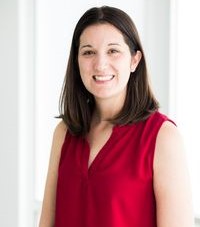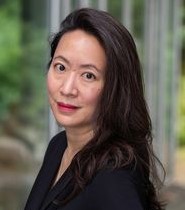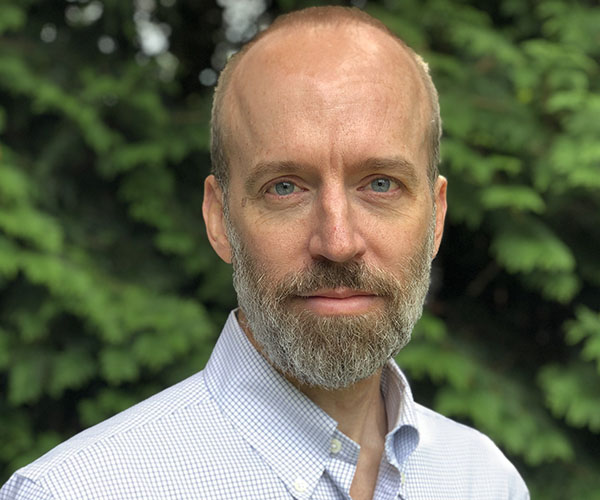Gen Alpha Skin Care Craze: Babson Professors Decode the Tween Beauty Boom

From skin cycling to slathering on barrier-repair cream, tweens have embraced the booming social media-fueled skin care market and traded in their toys for double cleansing and collagen masks.
Children aged 6 to 12 spent more on skin care and makeup than any other age group—a whopping $4.7 billion in 2023, according to insight technology consultants aytm. Gen Alpha spent 23% more on cosmetics, skin care, and fragrance in 2023 compared with 2022, and there’s no sign the market is slowing.
A few companies are even urging young people not to buy some of their products. Drunk Elephant, a well-known skin care brand topping many a tween wish list, posted a list of specific products, often containing anti-aging ingredients such as retinol, which are not suitable for children, on its website.
Babson College marketing professors Krista Hill Cummings, Richard Hanna, and Ellie Kyung offered their insights into the many factors fueling this boom, and the ethical implications for brands.
The Intersection of Trends and Needs
Hill Cummings, an associate professor of marketing, attributed much of the market’s growth to the influence of platforms like TikTok and Instagram.

“Tweens are at a developmental stage where identity formation and social comparison are paramount,” she explained. “They’re highly impressionable and drawn to products that promise confidence or social acceptance. This makes them a ripe audience for marketers.”
According to Hill Cummings, the industry’s appeal lies in its dual targeting strategy: brands market to both tweens, who seek autonomy and self-expression, and their parents, who want to instill good habits. “It’s a clever intersection,” she noted. “However, there’s a fine line between encouraging wellness and exploiting insecurities.”
Hanna, a professor of practice in marketing, highlights how this category aligns with a broader pattern in consumer goods.
“Product categories often emerge in response to trends rather than unmet needs,” he said. “Influencers play a major role in amplifying these trends, telling relatable stories that resonate across age groups. For tweens, these stories often come with an aspirational edge.”
Tweens as Emerging Consumers
Despite the trend-driven nature of this market, Kyung, an associate professor of marketing, sees potential for positive outcomes. “Skin care isn’t inherently unnecessary for tweens,” she said. “Products like sunscreen, tailored for younger skin with natural ingredients, could help establish healthy habits early. The key is to focus on utility rather than appearances.”

However, Kyung points out that marketing to tweens is uniquely challenging because of their limited purchasing power. “Products must appeal to both tweens and their parents,” she explained. “Parents are more likely to support products centered on natural beauty or health rather than superficial trends. Safety and affordability are also critical.”
Ethical and Regulatory Concerns
All three professors agreed that the trend raises significant ethical questions. Hill Cummings cautioned that marketing skin care to tweens can fuel insecurities. “Brands have a responsibility to position these products as part of overall well-being, not as a way to conform to unrealistic beauty standards,” she emphasized.
Kyung raised concerns about regulatory gaps in the U.S., where standards for consumer product safety lag behind those in Europe.
“Who will determine what’s safe for children and maintain those standards?” she asked. “Without oversight, there’s a risk of harmful chemicals entering these products, posing long-term health risks.”
Hanna added that the commercialization of tweens’ appearance may create societal divisions. “This could lead to another way for children to distinguish themselves as ‘haves’ or ‘have-nots,’ which is troubling,” he said.
A Gateway to Lifetime Loyalty
From a business perspective, Kyung notes that brands see the tween market as a gateway to customer lifetime value.

“Attracting consumers at a young age and retaining them over time is incredibly appealing to companies,” she said. “For families with disposable income, this market is likely to grow, especially in the absence of regulations limiting advertising to children.”
A Balanced Approach for Brands
Despite these concerns, there’s still room for innovation. Hill Cummings advocated for educational marketing, where brands teach tweens about skin health rather than promoting perfection.
Kyung suggested a focus on functional products such as sunscreen or moisturizers, paired with clear labeling and natural ingredients. Hanna said brands can build trust by being transparent and prioritizing ethical storytelling.
“Retailers and marketers have the opportunity to shape this market responsibly,” Hill Cummings said. “By focusing on well-being, brands can meet consumer needs without perpetuating harmful standards.”
Posted in Insights







